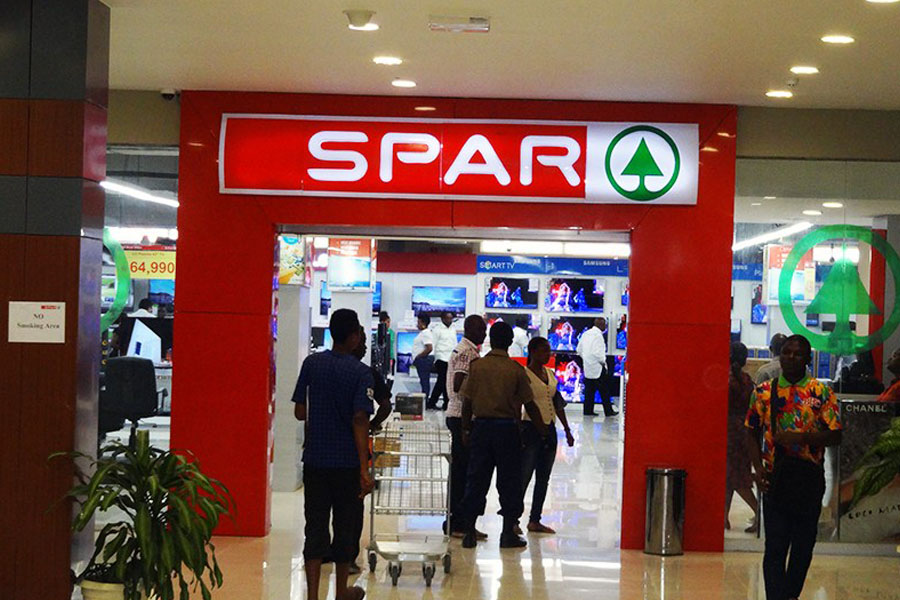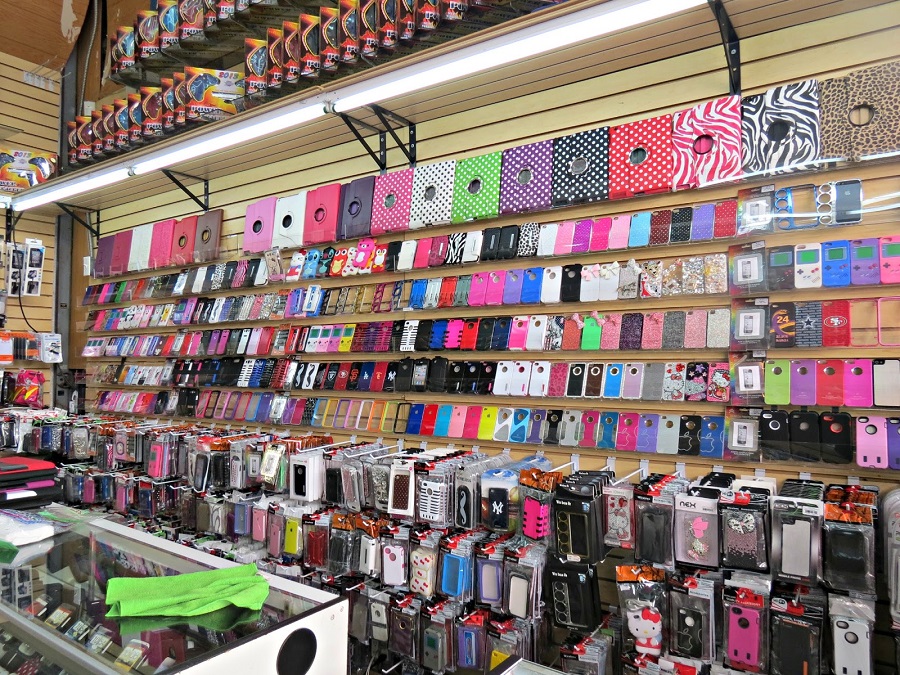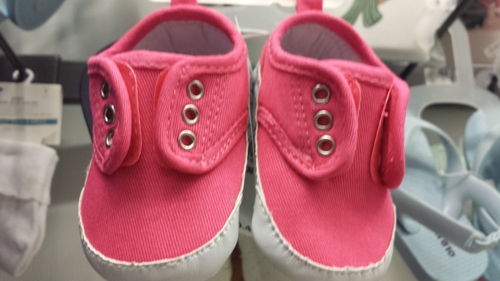How to set up a retail chain business in Nigeria So according to Wikipedia; A “chain store” or “retail chain ” is a retail outlet in which several locations share a brand, central management, and standardized business practices. They have come to dominate the retail and dining markets, and many service categories, in many parts of the world. A franchise retail establishment is one form of chain store. In 2004, the world’s largest retail chain, Walmart, became the world’s largest corporation based on gross sales.
Owning one retail store is a major lifestyle change for you as a retailer, so opening several is not easy. However, there are many good reasons why retail chains work. They give your brand greater visibility and geographical reach. If you manage them well, they become multiple revenue channels and are a time-tested way of scaling up your business.
So if you’ve made up your mind to set up your own retail chain in Nigeria. We can show you how.
Let’s jump right to it.
 How To Set Up A Retail Chain Business in Nigeria
How To Set Up A Retail Chain Business in Nigeria
Develop A Niche
Think Marks&Spencer and you know they sell clothes. Women will go one step further and tell you how amazing their lingerie is. This perhaps explains why they have separate stores worldwide just for lingerie and nightwear. Choose those products of yours that have a huge fan base and begin opening chains with a specific focus on those. This is not to say that you should avoid selling multiple products under one roof, but as you start out, selling fast-moving products that customers love will bring in the money and boost your morale.
Make The Most Of Technology
The world runs on computers. Instead of being daunted by it, make technology work for you. Investing in a solid multi-store pos retail software can help you keep track of inventory and sales across stores. Some products come with POS features built-in to make the integration seamless. An
accurate inventory management system will save you a lot of pain and sleepless nights.
Leverage e-commerce
Yes, brick-and-mortar retailers can still do very well in our current age of e-commerce , but that doesn’t mean they can ignore it altogether. At the very least,new retailers need to be aware of the competition that online retailers present. For example, a seller of books, cell phones, or some other item that lends itself well to online shopping, might want to avoid a brick-and-mortar store presence. Online retailers don’t have the overhead costs that retail stores do, so they will always beat brick-and-mortar stores in price wars when it comes to selling commoditized products.
Specializing in a product that customers prefer to buy in-store, carving out a niche, and having a great customer experience is how a retailer can convince customers to keep coming back (live and in-person). Brick-and-mortar retailers should also sell merchandise online, as well as in store. An Omnichannel platform-selling goods in-store, direct to the customer, and online–should be the goal of any retailer. At Walmart, for example, you can buy merchandise online, in the store, or you can purchase it online and pick it up in the store.
Savvy retailers are investing heavily in the logistics between e-commerce and store presence, to allow customers to buy products through any venue they prefer.
Having an online store presence can be very expensive, between website related costs, shipping, and storage, which is another reason that selling general items en masse is better left to Walmart.
Have a business plan
Right, No business, no matter how great the underlying concept, can succeed without a plan.
Before securing funding or renting a space or any other step required to get your retail store off the ground, it’s important to have a business plan in place.
Writing a business plan should cover all of the major aspects of business development, including details like:
- An executive summary that explains the overarching goals and objectives of your business.
- A description of your company, including how it will function and what products and services you plan on introducing to the marketplace.
- An overview of your products, including both a holistic overview as well as any specifically planned SKUs
- A market analysis that encompasses details of the local metro area, economic trends, retail sales operations, competitor analysis, and any other form of due diligence that may help you better understand your position in the market.
- An organizational chart summarizing management structure and team member responsibilities
- Marketing and advertising plans that will be deployed to promote your business
- Funding expectations, including your initial investment and any other funding you anticipate over the first two to five years of operation
- Financial statements and projections, including an income statement and balance sheet
- Any other relevant information, like permits or patents
Seeking funding
Unless you have a large amount of money you plan to invest in your retail store, you will likely need to secure outside financing. For most entrepreneurs, this means a small business loan through a bank or brokerage firm.
When seeking a loan, determine exactly how much you will need and how long you will need access to outside funding before a loan will need to be repaid.
 How To Set Up A Retail Chain Business in Nigeria
How To Set Up A Retail Chain Business in Nigeria
Secure a shop space
The place you establish your shop can make all the difference. A remote location far outside of town that’s hard to get to will not yield the same results as a desirable spot in the city center; nor will the price tag be similar. When evaluating spaces, be sure to properly consider all factors, including:
- Size: how much room is adequately needed to display inventory? While a prohibitively small store can limit your options, a space that’s too large will feel empty and awkward.
- Storage and facilities: Your store is more than just the retail area. In addition to a place to sell your wares, you’ll also require room for dressing rooms, a storage area, an office space, and closets for things like cleaning supplies. If you need special space for shelving or display cases, you’ll need to consider these aspects as well.
- Renovation requirements or opportunities: Not all spaces will fit your vision. While remodeling is an option, some changes can be extremely costly, adding thousands to your start-up costs. Additionally, some landlords are quite rigid on permissible renovations, so be sure the changes you have in mind fit into your rental contract. Check with your landlord if you’re unsure.
 How To Set Up A Retail Chain Business in Nigeria
How To Set Up A Retail Chain Business in Nigeria
Acquiring materials
A lot goes into an effective retail store. Simply producing, manufacturing, or purchasing inventory isn’t enough; instead, you need a whole store full of furniture and accessories. Common equipment includes, but is not limited, to:
- Shelves, full-size racks, rotating racks, hanging bars, mannequins, and other places to hang and display inventory
- Hangers, podiums, and other tools for displaying merchandise
- Security tags for protecting more valuable inventory
- Counters and display cases, including those that lock for enhanced security
- Pricing gun, price tag tape, stickers, and barcode scanners
- Cash registers, money drawers, and receipt paper
- Bags, including paper, plastic, or reusable options
- Mirrors, both in changing rooms as well as in clothing sections
- Banners, flags, and signs to advertise departments, aisle contents, sales, and promotions
- Shopping carts or baskets
- Chairs and curtain dividers for fitting rooms, if applicable
- Crowd control equipment to keep checkout lines organized
- Cleaning supplies
- Shelving for storage rooms
- Desks, chairs, computers, and office supplies for any office spaces
If you need more information or would like to book a consulting session with us, you can call us on 08105636015 or 08076359735. Alternatively, you can send a mail to dayohub@gmail.com
Click to buy this business plan now & download it immediately from our online store.

Related